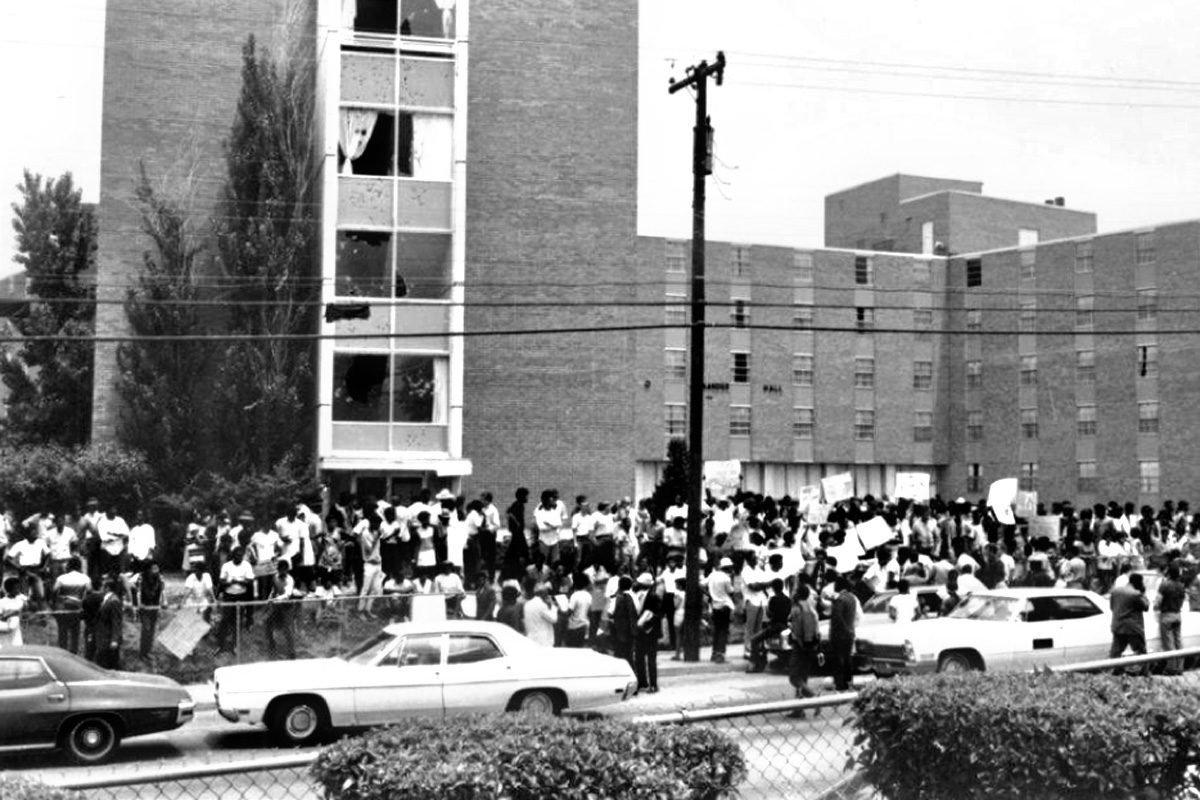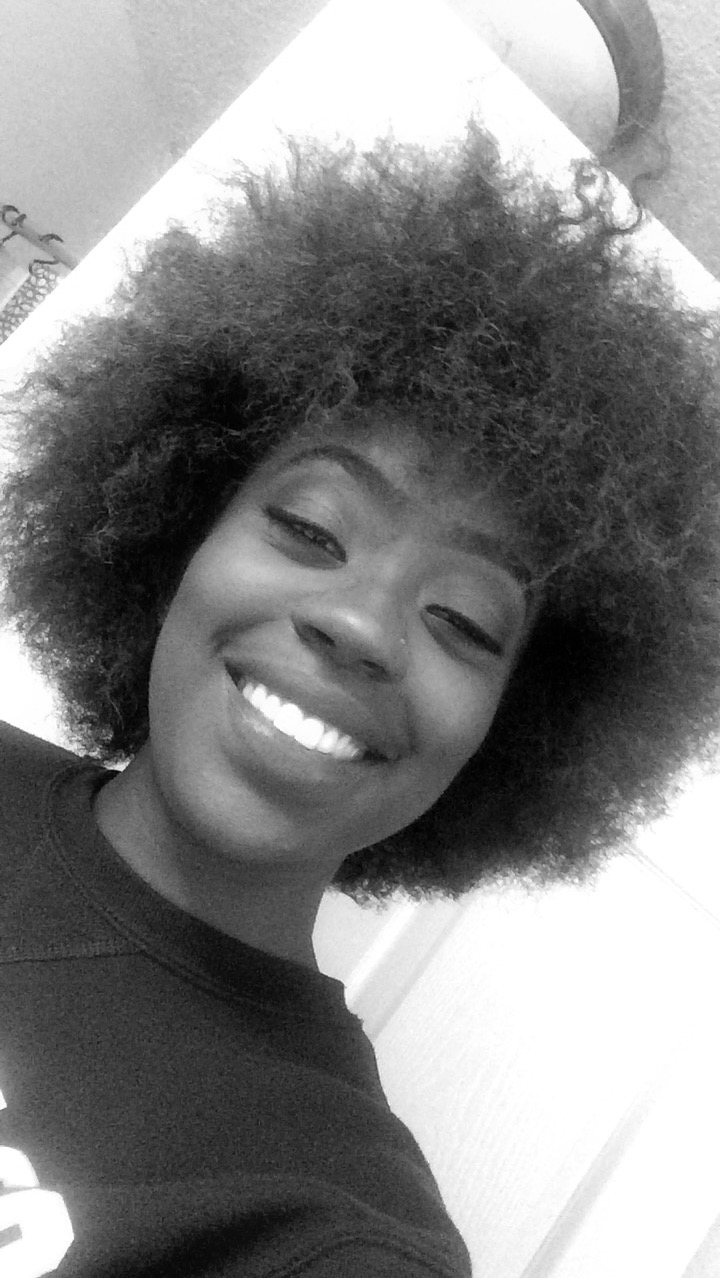Dale Gibbs is no ordinary woman, at least not after the overnight events of May 14, 1970. Only 17, she was in Ripley, Miss., with her son, awaiting the arrival of her husband, Phillip Lafayette Gibbs, when she heard screaming. And not just any scream, but one born of grief and heartache. It was her sister-in-law, and she had bad news: Phillip had been shot, she said.
“How’s he going to get shot? He’s at school,” Dale Gibbs recalls saying during the Gibbs-Green virtual town hall 50 years later on May 14, 2020.
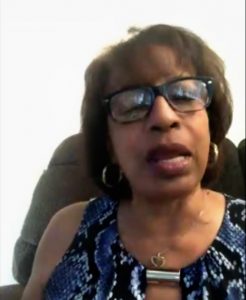
She went to sleep with her son, thinking it was only a dream. But when she got up that next morning, reality truly set in when her mother confirmed Phillip’s passing. She was numb. Gibbs was now a single mother to two children, as unbeknownst to her, she was pregnant with their second child.
“It’s the worst night of my life or the worst morning of my life. I can say that nothing has affected me like that since,” she says.
‘I Saw Mamie Till’
I’m sitting at home on the 50th anniversary, as I watch Gibbs reach for some tissues to blot her tears away. As she reels from having to relive that night, I see Mamie Till. I see her crying over an open casket of her son, Emmett Till, and daring the white gaze to look upon him and see what they did. I see Lesley McSpadden grief-stricken and angry that cops shot Mike Brown, her son, and left him on display so that all could see. I see countless other wives, mothers, sisters, nieces and granddaughters who lost their loved one at the hands of systemic racism.
But in the muck of it all were individuals like Vernon Weakley, who was standing right in front of Alexander Hall when shots rang out in 1970 and was shot in the leg trying to run. He witnessed people rushing to safety, the sky lighting up with gunfire. And as he recounts during the town hall, he witnessed a young man by the name of Antwon rocking Phillip back and forth and attempting to staunch his head wound. Two highway patrolmen walked over and stood over the body of Philip as he lay dying.
It’s hard to look at the abject horror on Gibbs’ face on the Zoom screen as she covers her mouth upon hearing Weakley’s recount. This image of Weakley is seared into my mind even without the use of a camera phone recording it like much of today’s police brutality.
“Why can’t they run to aid? Why can’t they help? They did not. They just stood there looking,” Weakley says during the virtual town hall.
‘Like Stinging Bees and Fire Ant Bites’
Gailya Porter, who lived in Alexander Hall, and her friend Gloria Mayhorn were sitting on the west hill in front of the dorm to see why patrolmen in riot gear were marching through campus.
On the anniversary panel, she describes bullets whizzing past her face and glass, concrete and pellets tearing into her skin “like stinging bees and fire ant bites.” She watched her friend, Gloria Mayhorn, get struck by a bullet in an attempt to run away.
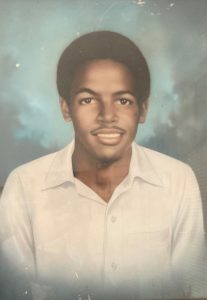
“Can you imagine being maybe 40 feet away from armed officers and guns? I could have lost my life that night. That bothers me tonight and the first thing tomorrow,” Porter says.
Near B. F. Roberts Hall, on the other side of campus, James “Lap” Baker and his friends watched the patrolmen march and saw the bottle that flew in the air and broke, causing chaos to ensue, he says on the panel. When the barrage of bullets started, he hit the ground, crawling back to his apartment on Morehouse Avenue and Cleveland Avenue. James Green was standing 10 to 15 feet to the left of him, he recalls.
“God had to be with us. He had to be with us. Sure, two individuals were shot and killed. I knew Phillip very well. He was a quiet person, would do anything to help anybody. I didn’t know James Green,” Baker tells us. “But more people would have been killed. Keep in mind, over 400 shots were distributed on both sides of the campus. I don’t call it a riot. I’ve always called it a massacre. I’ve always said, in my opinion, it was planned.”
In 28 seconds, the Jackson City Police and Mississippi Highway Patrol officers killed James Green and Phillip Lafayette Gibbs and injured 11 others. They destroyed the campus, derailed graduation, shattered dreams and physically, mentally, and psychologically scarred the students of Jackson State College.
Simply Existing Is Enough of a Threat for Eradication
As Dale Gibbs, Vernon Weakley, Gailya Porter and James “Lap” Baker tell their stories to moderator Dr. Robert Luckett and to the world 50 years later, what can we learn?
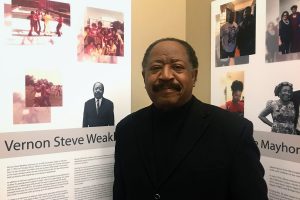
The same thing we learned from Trayvon Martin, Mike Brown, Eric Garner and most recently, Ahmaud Arbery. What we can learn is that black bodies are disposable, whether it be the year 1970 or 2020. We learn that it is a white person’s right to police and brutalize black bodies. We learn it’s easy for them to ignore their transgressions when they’ve never found us valuable in the first place. It’s not hard to forget someone you don’t care for.
We learn that they’re not sorry. Justice wasn’t served, and no one was charged. Just like Philando Castile. Just like Tamir Rice. Just like Freddie Gray. Just like Ahmaud Arbery. And we learn that when civil rights attorney Constance Slaughter represented the students and families of this tragedy in a lawsuit against the state of Mississippi, they lost.
What we learn is that when you’re black, simply existing is enough of a threat for eradication. Or racist white people will make something up, dig into your past to find a justifiable means and turn you from victim to aggressor. The police did it for the Gibbs-Green shooting, alleging that there was a sniper on one of the dormitory floors. The media are doing it now to Ahmaud Arbery, pulling up video footage from three years ago of a supposed shoplifting incident.
Police and white supremacists can invade our sacred spaces and privacy, just like Breonna Taylor and Atatiana Jefferson. What we learn is that you don’t have to wear a police uniform or riot gear because the real uniform is whiteness.
‘We Learn That We’re Not Victims, but We’re Survivors’
But it’s not the only lesson we can learn here, especially when it comes to my people. Black people. We learn that we’re not victims, but we’re survivors. We live to fight another day. With the lot we’ve been given in life, we roll with the punches as best we can. We continue laughing, living and loving despite the hate you give (courtesy of Angie Thomas).
Dale Gibbs moved to Phoenix, Ariz., in 1982, where she raised her sons and worked as an underwriter for an insurance company for 31 years. Her husband’s legacy lives on in their sons, Demetrius Gibbs and Phillip Lafayette Gibbs Jr. and her granddaughter, Cierra Gibbs.
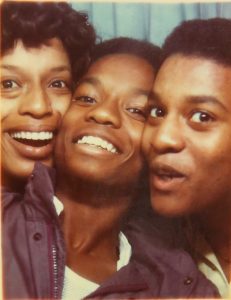
“I guess what I’m most proud of would be my sons and granddaughter. That’s all he has. His immediate family. I think he would be so proud of his sons, and I know Cierra would have him wrapped around her finger,” she says during the panel.
“My life has been pretty darn good.”
Weakley, who initially was ravaged by rage after the shooting, moved to Houston, Texas, and graduated from the University of Houston. He spent more than 34 years with the Internal Revenue Service before retiring. He’s a national bestselling author and businessman who credits May 14, 1970, with making him the man he is today.
Gailya Porter got a specialist degree in administration and supervision degree from Jackson State University and continued her education at Southern University and the University of Wisconsin at Madison. She worked for Delta Airlines before returning to Jackson and working for Jackson Public Schools as a teacher and then principal. She goes by her motto, ESP, or “educationally, spiritually and politically driven.” She’s now an insurance agent for her late husband’s insurance company, Porter Insurance.
Lap Baker received his master’s in urban and regional planning in 1972 from San Jose State University and was the first African American to receive this degree.. He was also the first African American professional city planner in San Jose and Louisville, Ky. He returned to Mississippi in 1977 to become the director of planning and administration for the Mississippi Health Systems Agency.
Baker was the first African American to oversee the writing and development of a health plan in the state of Mississippi. In 1986, he created Comprehensive Planning Consultants, the first African American professional planning firm in the state. He’s now working on publishing a book of black poems.
Gibbs-Green Cannot Be Forgotten
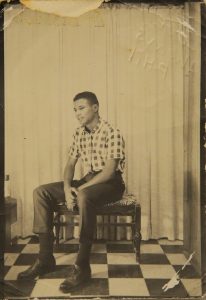
“When I didn’t see one hand go up, that ticked me off. I went to Dr. John A. Peoples, and I told him, and he said, “If you want to put a program together, I’ll do it.” The first program we put together was in 1980, and it’s been going on ever since,” Baker says of his time as a professor.
Fifty years later, that tradition is still going, though this time through our computer screens instead of in person.
“We have a mission, blacks and whites in this state, to make it what it needs to be, and we can do that if we come together. We don’t need another massacre. We don’t need to allow history to repeat itself. We need to understand who we all are as individuals, as human beings,” Baker says.
The town hall taught me that we’re not going to let Gibbs-Green be forgotten, pandemic or not, so that those who seek to forget what they did don’t. So that those who sought to infiltrate the town hall with vile, racist rhetoric will be silenced. I learned it’s not over until we say so.
This MFP Voices essay does not necessarily represent the views of the Mississippi Free Press, its staff or board members. To submit an essay for the MFP Voices section, send up to 1,000 words and factcheck information to donna@mississippifreepress.com. We welcome a wide variety of viewpoints.

